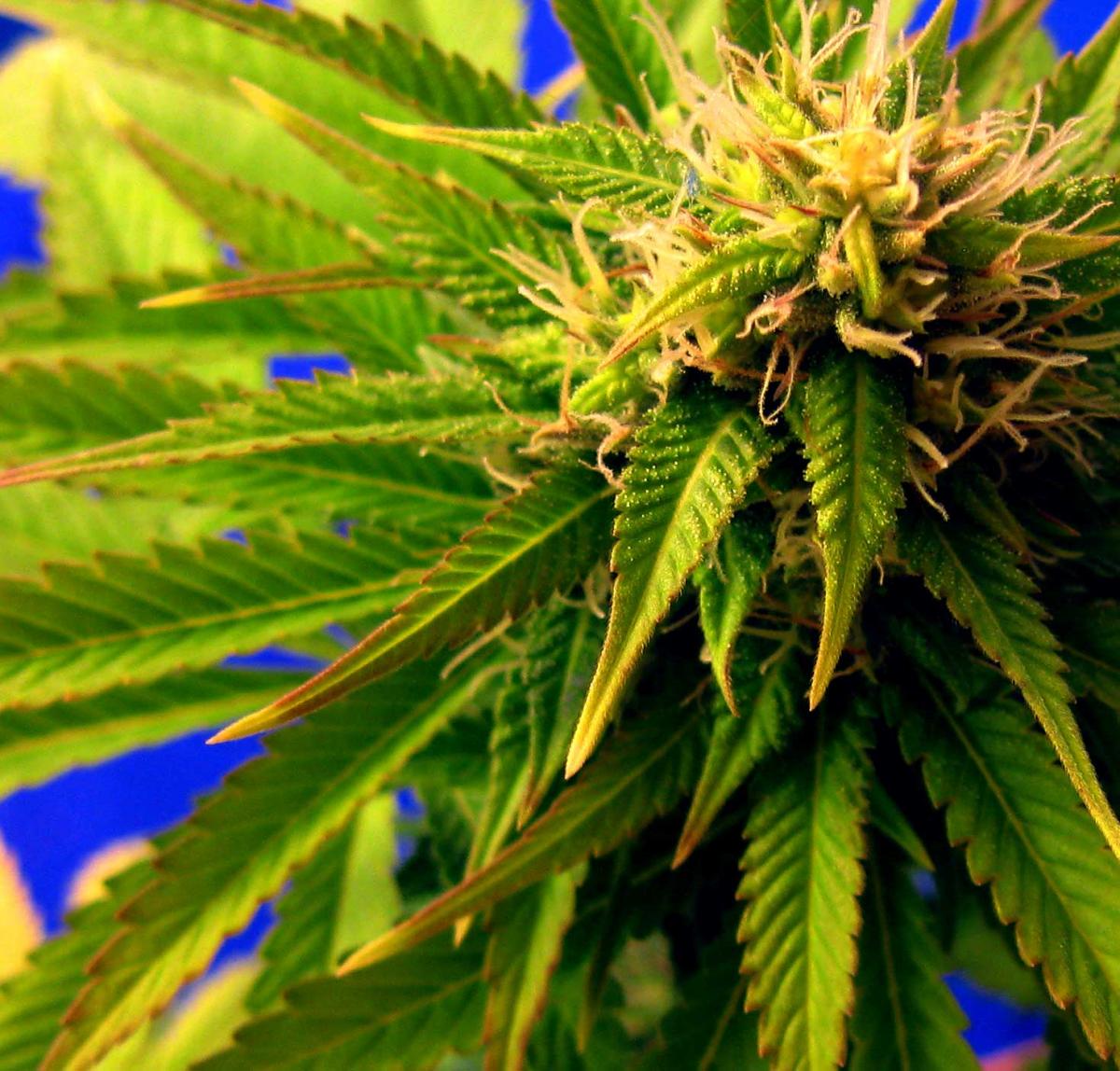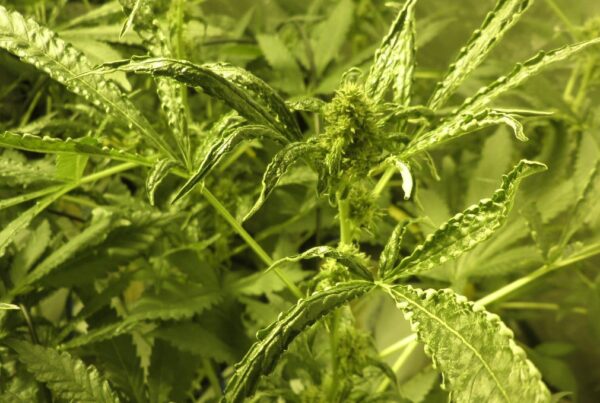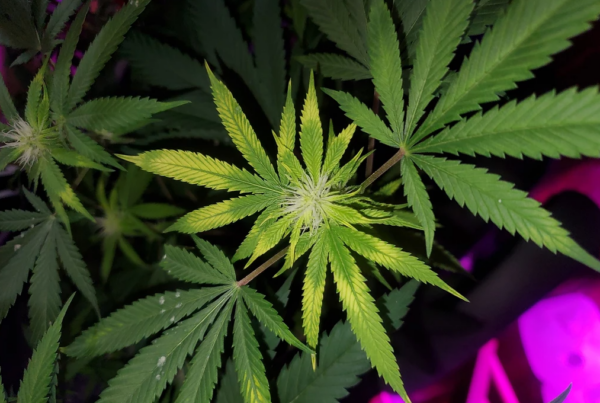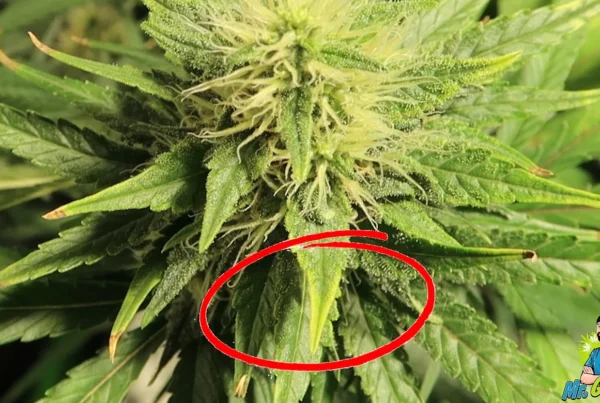When gardening, you can sometimes run into problems that are difficult to diagnose but easy to treat. Molybdenum deficiency in cannabis plants is one of those problems; a rarely occurring problem that can be easily mistaken for other nutrient deficiencies like nitrogen and magnesium. Therefore, it is important that you have all the information you need to correctly identify the symptoms and use the right treatment methods. This article will provide you with tips and tricks that you need to diagnose and treat molybdenum deficiency in cannabis plants.
Before we jump into the symptoms, you must know what molybdenum does for your plant. A few decades ago, people were oblivious to the fact that plants require molybdenum for any of its functions since it is only needed in trace amounts and a deficiency is not common. But now we know that it is required in tiny amounts to convert nitrates into ammonia, which is needed for protein production. You can think of this element as a catalyst in the process of nitrate conversion to ammonia.
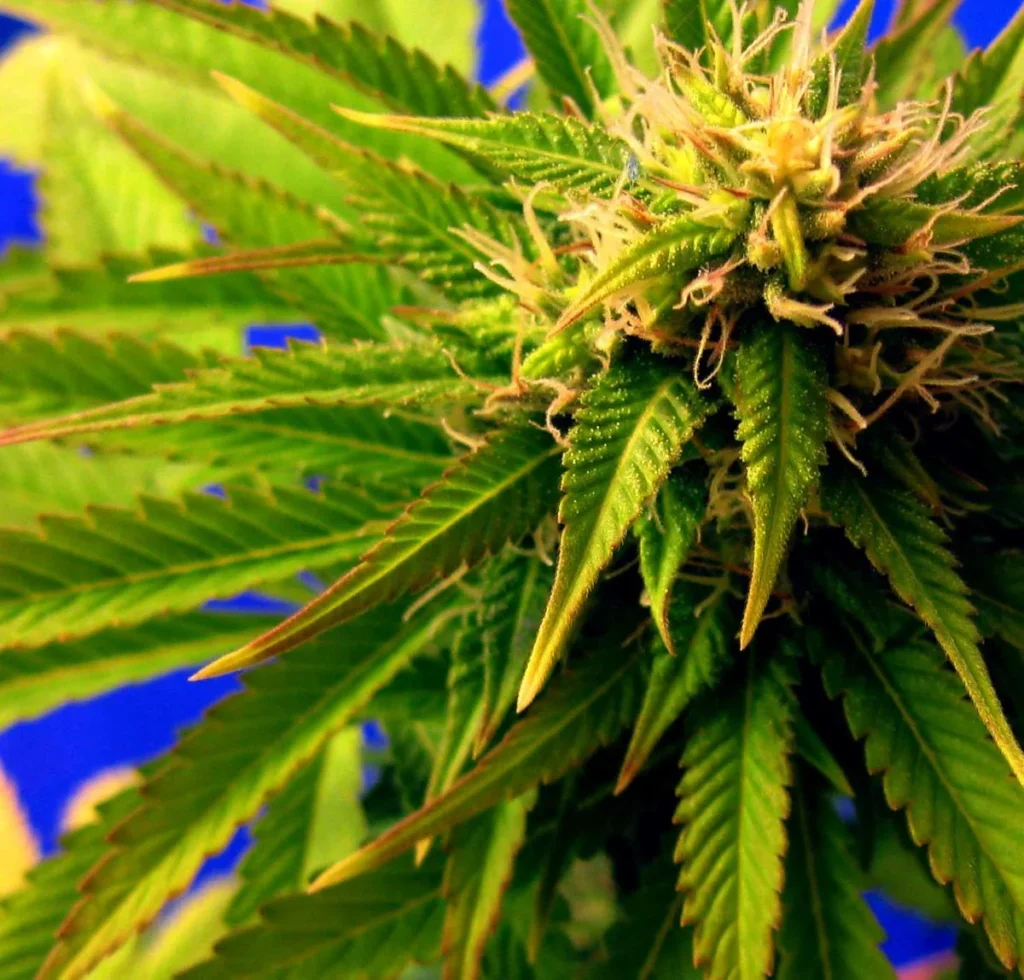
Signs of a Molybdenum Deficiency
As mentioned above, it is very easy to mistake molybdenum deficiency with nitrogen deficiency. But there are a few specific differences that can help you detect the problem correctly. Here is one main characteristic that distinguishes molybdenum deficiency from nitrogen deficiency: the leaves start yellowing in the middle of the plant with molybdenum deficiency, whereas, the leaves start yellowing at the bottom of the plant with nitrogen deficiency. In both situations, the deficiency spreads upwards on the plant. Now that you know that key difference, let’s get into the other key indicators.
Other symptoms that a cannabis plant will show if they are deficient in molybdenum are:
- Discoloration of edges; edges can turn pink, purple, orange, or reddish. This will be more prominent in strains that have a natural tendency to turn purple
- Dark or brown spots on the leaves
- Brittle and thick leaves which look a bit shiny and puffy
- Leaves curl and die after discoloration
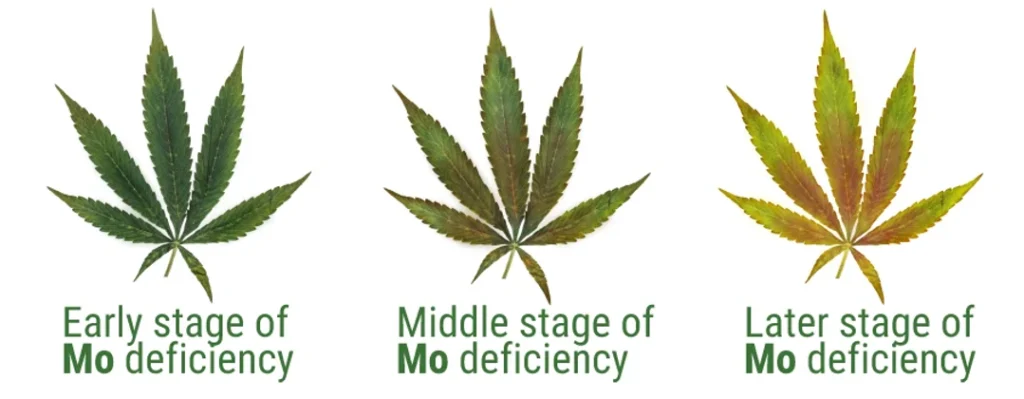
The purplish or reddish tint that shows up in molybdenum deficiency is the result of nitrates that cannot be converted into ammonia and end up accumulating in the leaves. It is one of the reasons why feeding nitrate fertilizer will stimulate the symptoms faster than adding ammoniacal fertilizer. The signs will also be more prominent if it is too cold in the grow room causing damage to the chloroplast.
Causes of Molybdenum Deficiency
Molybdenum is required in a trace amount and soil contains an ample amount of it to fulfill a cannabis plant’s need. But this nutrient can get locked out if the soil has a low pH. Molybdenum is best absorbed by the roots of a cannabis plant in the following pH ranges:
- In soil, molybdenum is best absorbed between 6.0 and 7.0 pH
- In a hydroponic or soilless medium, molybdenum is best absorbed between 5.5 and 6.5 pH
Some growers think that cold weather can cause molybdenum deficiency. A research done on winter wheat seedlings proves that there is a close relationship between low temperature and Mo deficiency, but it does not prove that cold temperature causes or triggers the deficiency. There is a chance that Mo deficiency can manifest into symptoms quickly when it is relatively colder. Now that you know the major cause of this deficiency, you are well-equipped to treat it.
How To Fix Molybdenum Deficiency in Cannabis Plants
Once you have correctly identified the problem, you can prevent the problem from getting worse by starting treatment. Since pH lockout is the main cause, start there. Flush the system with pH balanced water containing cannabis-friendly nutrients. This step will restore the pH level and allow for the absorption of molybdenum through the root system. It will also eliminate any nutrient salt buildup. Correcting and maintaining the right pH level in the medium is the key to solving this problem. In summary, you can tackle Mo deficiency in two simple steps:
- Restore or correct the pH level for optimal absorption
- Monitor and maintain the ideal pH level
Molybdenum is only required in trace amounts by the plant, hence, restoring pH rather than adding more molybdenum is the preferred route. You can also go ahead and prune the affected leaves since they will not recover, but that’s not a necessary step. With this treatment, you should see improvement in new growth within a few days.

How To Prevent Molybdenum Deficiency
The best way to prevent this problem is by making sure that the pH level remains stable and in the optimal range for the absorption of this nutrient. Get a pH pen or meter to monitor the pH level of the medium or hydroponic system. This proactive approach will keep the issue from occurring in the first place.
Use quality substrates and fertilizers right from the beginning; it will reduce the chances of many nutrient deficiency issues happening in the future. Micronutrient fertilizers contain sodium molybdate or ammonium molybdate and usually need only one application. You can use a foliar spray made up of water-soluble nutrients or you can supplement through the roots to prevent Mo deficiency.
All of these measures will collectively help in the prevention of Mo deficiency in your cannabis plants. If you think your plant is already suffering from Mo deficiency, use the treatment above to help set your plant on the path to recovery. Also, make sure that you have made a correct diagnosis by using the list of indicators above. The last step is to stay consistent in taking care of your cannabis plants and observing them closely to catch any problems early on.
- https://www.growweedeasy.com/cannabis-plant-problems/molybdenum-deficiency
- https://www.royalqueenseeds.com/blog-molybdenum-deficiency-in-cannabis-plants-n586
- https://www.ilovegrowingmarijuana.com/marijuana-nutrient-deficiency-molybdenum/
- https://www.zambeza.com/blog-molybdenum-deficiency-in-cannabis-plants-and-how-to-deal-with-it-n157
- https://www.pthorticulture.com/en/training-center/role-of-molybdenum-in-plant-culture/
- https://dyna-gro.com/molybdenum-in-plants-and-soils/
![]()

